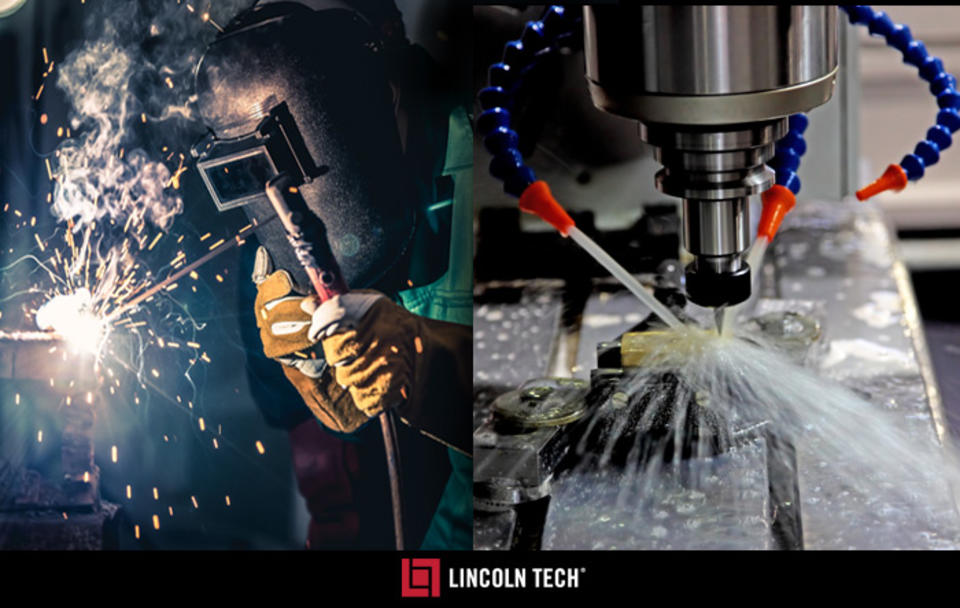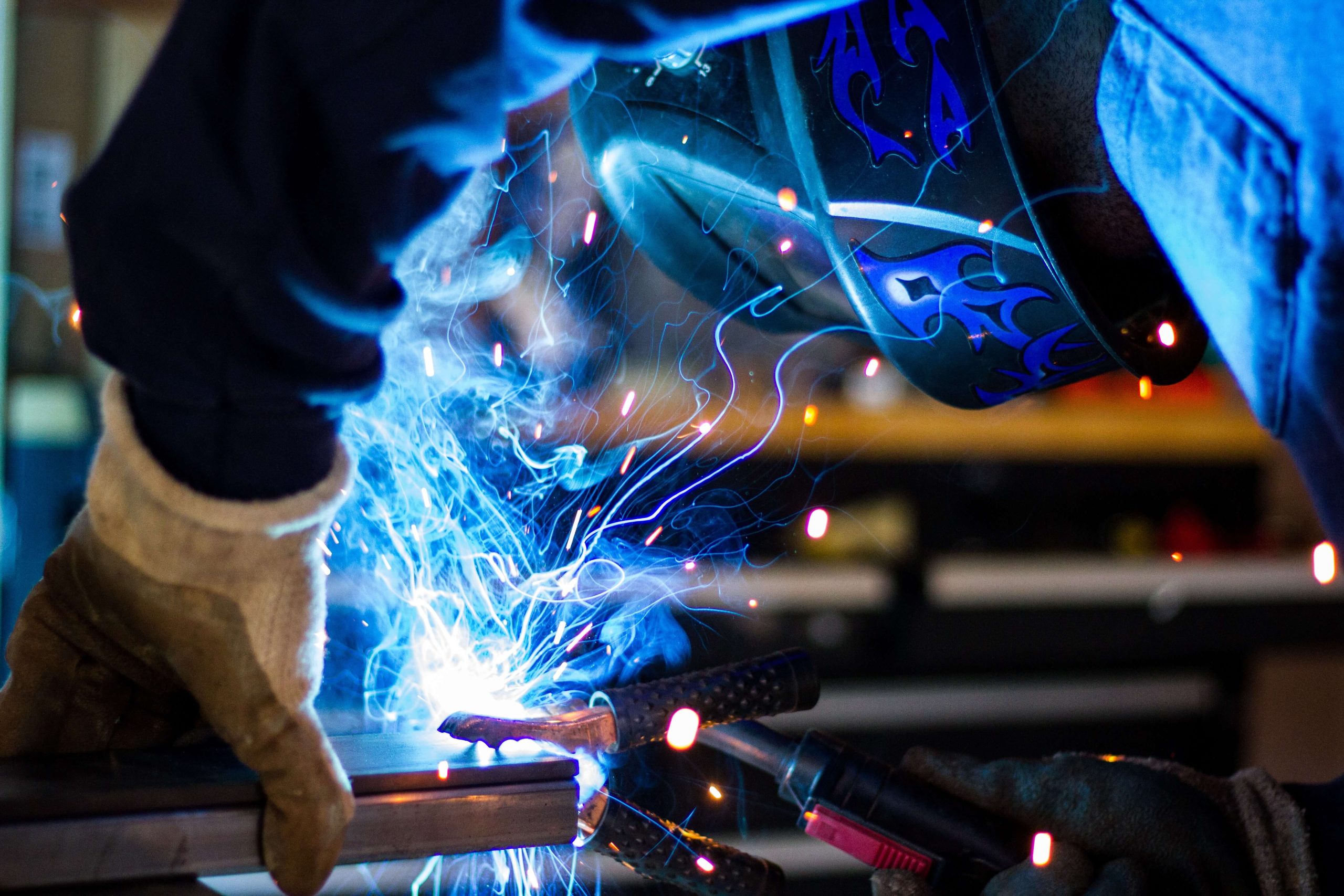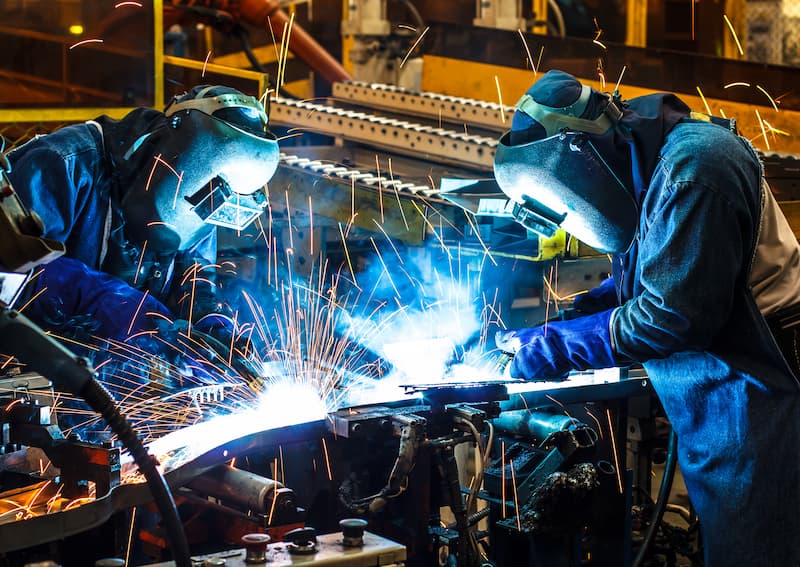Common Welding Repair Issues and Exactly How to Address Them Properly
Welding repairs frequently encounter an array of problems that can endanger the stability of the end product. Typical issues consist of insufficient infiltration, porosity, and misalignment, among others. Each defect offers distinct obstacles that require details approaches for resolution. Recognizing these problems is essential for welders intending to improve their end results and abilities. This conversation will certainly check out these common welding fixing problems and reliable techniques to address them.
Poor Penetration
Poor infiltration takes place when the weld steel stops working to totally fuse with the base material, causing weak joints and possible structural failings. This concern usually stems from inadequate warm input, inaccurate electrode angle, or inappropriate welding speed. Welders might experience inadequate infiltration as a result of a mistake of the needed parameters for a certain material density or type. Additionally, contamination on the base product's surface area can hinder reliable bonding, worsening the trouble. To resolve poor penetration, welders should ensure appropriate setups on their equipment and keep a clean work surface area. Normal evaluation of welds is suggested to recognize any deficiencies early, permitting for timely improvements and the avoidance of jeopardized architectural integrity in bonded settings up.
Porosity
Porosity is a common problem in bonded joints that materializes as little gas bubbles trapped within the weld steel. This defect can jeopardize the honesty of the weld, leading to decreased toughness and potential failing under tension. Belgrade Fabrication. Porosity commonly develops from contamination, moisture, or incorrect welding methods, which enable gases to escape right into the molten weld pool. To deal with porosity, welders must guarantee appropriate surface prep work, keep a tidy workplace, and utilize ideal welding parameters. Additionally, selecting the best filler material and shielding gas can reduce gas entrapment. Regular examination and screening of welds can assist identify porosity early, ensuring prompt rehabilitative actions are taken, consequently maintaining the top quality and integrity of the welded structure
Misalignment
Imbalance in welding can arise from different aspects, including improper arrangement and thermal development. Recognizing the origin is important for effective resolution. Numerous correction methods are offered to realign components and ensure architectural stability.
Reasons of Imbalance
Welding misalignment often stems from a variety of underlying issues that can jeopardize architectural honesty. One main cause is incorrect fit-up of components before welding, which can bring about voids and unequal surface areas. Variants in thermal development throughout the welding process can also result in distortion, particularly if the products being joined have various coefficients of growth. In addition, insufficient securing and fixturing might fail to hold elements safely in location, bring about movement throughout welding. Poorly kept devices, consisting of welding equipments and devices, might introduce inconsistencies in the weld bead, additional adding to imbalance. Operator error, stemming from not enough training or experience, can also play a significant role in producing misaligned welds.

Improvement Strategies Readily Available
Resolving imbalance efficiently needs a mix of corrective strategies customized to the particular concerns at hand. One common technique is making use of components or jigs to hold elements in the correct placement during welding, ensuring constant alignment. Additionally, preheating the materials can help in reducing distortion and enhance fit-up. For substantial imbalance, mechanical adjustment methods, such as making use of hydraulic jacks or clamps, can be employed to remedy the position prior to welding. Post-weld warmth therapy might likewise be required to relieve anxieties brought on by misalignment. Careful inspection and modification throughout the arrangement stage can avoid misalignment problems from becoming substantial issues, promoting a smoother welding process and boosting general structural integrity.
Distortion
Distortion is a typical difficulty in welding that can emerge from numerous factors, consisting of unequal heating & cooling. Comprehending the root causes of distortion is crucial for applying effective avoidance techniques. Resolving this problem not only improves architectural honesty but also boosts the overall quality of the weld.
Reasons for Distortion
When based on the extreme heat of welding, products often undertake modifications that can bring about distortion. This phenomenon primarily occurs from thermal development and tightening during the welding process. As the weld location heats up, the material increases; upon air conditioning, it contracts, which can produce internal tensions. In addition, irregular home heating across a work surface can worsen these anxieties, causing bending or bending. The sort of material likewise plays a considerable role; steels with differing thermal conductivity and coefficients of development may react in different ways, bring about unpredictable distortions. Furthermore, poor joint design and poor fixturing can add to imbalance throughout welding, boosting the likelihood of distortion. Comprehending these causes is essential for efficient welding repair service and prevention techniques.
Prevention Techniques
Efficient avoidance techniques for distortion throughout welding concentrate on managing warmth input and making certain appropriate joint design. Maintaining a consistent warm input aids to decrease thermal expansion and contraction, which can lead to distortion. Utilizing More Help techniques such as pre-heating the work surface can also lower the temperature level gradient, promoting uniform home heating. In addition, picking ideal joint styles, such as T-joints or lap joints, can boost security and lower stress concentrations. Carrying out appropriate fixturing to safeguard the workpieces in place even more aids in keeping placement throughout the welding procedure. Finally, staggered welding series can disperse warm a lot more uniformly, protecting against local distortion. By applying these methods, welders can substantially lower the probability of distortion and boost the general quality of their welds.
Splitting
Breaking is a common concern run into in welding repairs, commonly arising from different elements such as inappropriate air conditioning prices, product selection, or poor joint preparation. The event of fractures can considerably endanger the integrity of the weld, causing possible failures during procedure. To address this problem, welders have to first assess the root triggers, making certain that materials work and properly picked for the particular application. In addition, controlling the air conditioning price throughout the welding process is vital; quick cooling can generate tension and cause fracturing. Appropriate joint layout and preparation also contribute to reducing the risk. Executing these strategies can improve weld high quality and sturdiness, ultimately reducing the chance of breaking in finished weldments.

Insufficient Blend
A significant concern in welding fixings is insufficient blend, which takes place when the weld steel does not effectively bond with the base product or previous weld passes - Montana Mobile Welding and Repair. This defect can bring about weak points in the joint, potentially jeopardizing the stability of the welded framework. Aspects adding to incomplete combination consist of insufficient heat input, improper welding technique, and contamination of the surface areas being signed up with. To address this issue successfully, welders ought to guarantee proper pre-weld cleansing and surface area prep work, as well as adjust their welding parameters to attain adequate infiltration and combination. Our site Routine assessment throughout the welding procedure can also aid identify incomplete blend early, permitting prompt corrective measures to improve the total top quality of the weld
Overheating
While welding repair services can boost structural integrity, overheating provides a significant challenge that can lead to material deterioration. Extreme warmth during welding can modify the mechanical buildings of metals, resulting in minimized strength, increased brittleness, and warping. This phenomenon is particularly vital in high-stress applications where structural dependability is vital. Identifying overheating our website can entail visual assessments for staining or distortion, along with keeping an eye on temperature during the welding process. To minimize the threats related to getting too hot, welders must employ appropriate strategies, such as controlling heat input, changing traveling rate, and utilizing ideal filler products. In addition, applying pre- and post-weld warmth therapies can aid restore product residential properties and boost the general top quality of the repair work, making sure long-term efficiency and safety.
Often Asked Concerns
What Are the Typical Signs of a Welding Problem?

Just How Can I Evaluate My Welds for High quality?
To check welds for high quality, one can make use of aesthetic evaluations, ultrasonic testing, and radiographic methods. Each strategy assures architectural integrity, recognizes defects, and verifies adherence to defined criteria, inevitably enhancing the dependability of the bonded joints.
What Security Precautions Should I Take While Welding?
When welding, one must focus on security by using suitable individual protective equipment, making certain proper ventilation, protecting combustible materials away, preserving a tidy work space, and being mindful of environments to stop injuries and mishaps.
Can I Repair a Weld Without Redoing the Entire Joint?
Repairing a weld without renovating the entire joint is possible, depending on the damages (Belgrade). Techniques such as grinding, including filler material, or using a welding procedure can effectively attend to specific defects while protecting the surrounding framework
What Equipment Are Vital for Reliable Welding Repair Works?
Essential devices for reliable welding repair services include a welding maker, wire brush, grinder, safety equipment, clamps, and filler products. Each device plays a vital duty in guaranteeing top quality and safety during the fixing process. Porosity generally emerges from contamination, wetness, or improper welding techniques, which enable gases to leave right into the liquified weld pool. Inadequately conserved equipment, including welding devices and devices, may present disparities in the weld grain, more contributing to misalignment. When subjected to the extreme heat of welding, materials usually undergo adjustments that can lead to distortion. Cracking is a typical concern come across in welding repair work, often resulting from different aspects such as inappropriate cooling rates, product option, or poor joint preparation. A considerable concern in welding repair work is incomplete blend, which occurs when the weld steel does not sufficiently bond with the base product or previous weld passes.